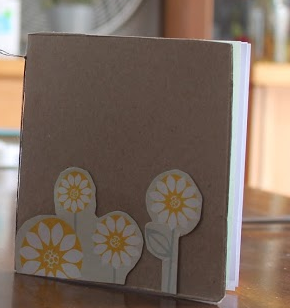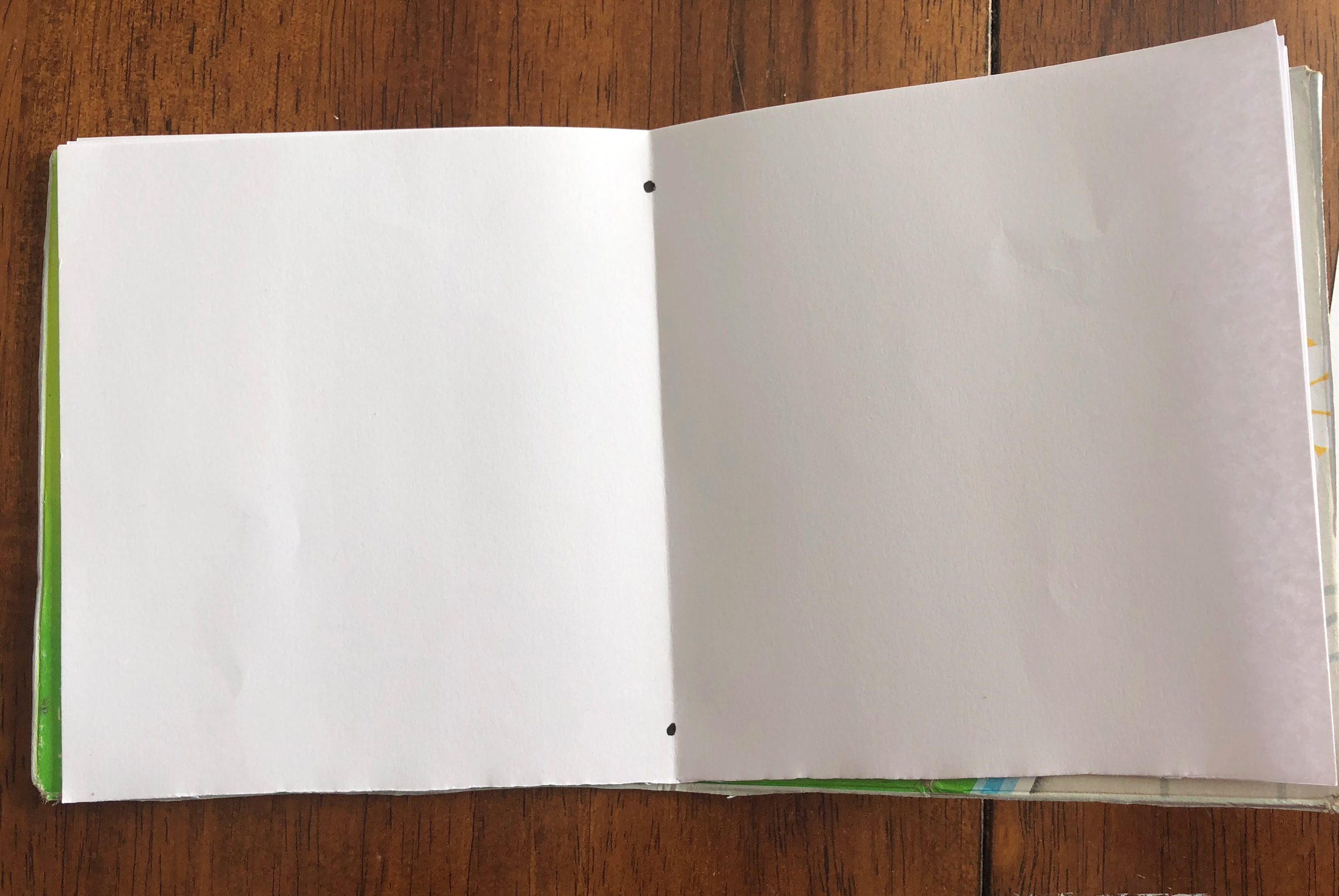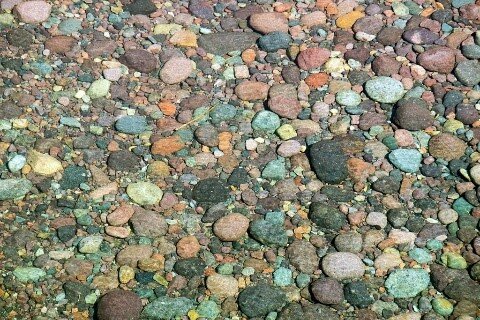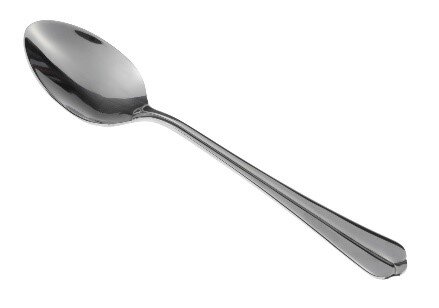Discipline: Social, Emotional, Learning
Age Range: 9-12 (all ages with adult supervision)
Estimated Time: 10 minutes
What you need: Completed journal from Part 1, Create Your Own Journal, plus needle and thread
Journals are used by many people to pull thoughts, feelings, and ideas out of their heads and on to paper! Here’s Part 2 of creating your own journal and now to bind it using a needle and thread if you don’t happen to have a stapler.
Instructions (alternative to stapling the spine of your journal):
1. Thread a sharp needle on about 12 inches of thread. Tie off the end of the thread with several knots.
2. Open your booklet to the centerfold of all pages. With a sharpie, mark a dot on both sides of the booklet along the fold, about an inch away from the edges of the booklet. (This dot is where your needle and thread will be going through.)
3. Now, insert your needle through one of the sharpie marks (in through the pages, out through the cover side), so that the knotted end of the thread is on the inside of the booklet.
4. Next, poke the needle through the back of the booklet (in through the cover, out through the side of the pages), so the needle and thread come back through the second sharpie mark.
5. Repeat this pattern several times so that you have a thick band of thread along the spine of the booklet.
6. Tie the thread off with several knots near the opposite sharpie hole from the original knot. Tie the knots just as you did with the starting knot.
Your journal is now complete!




























